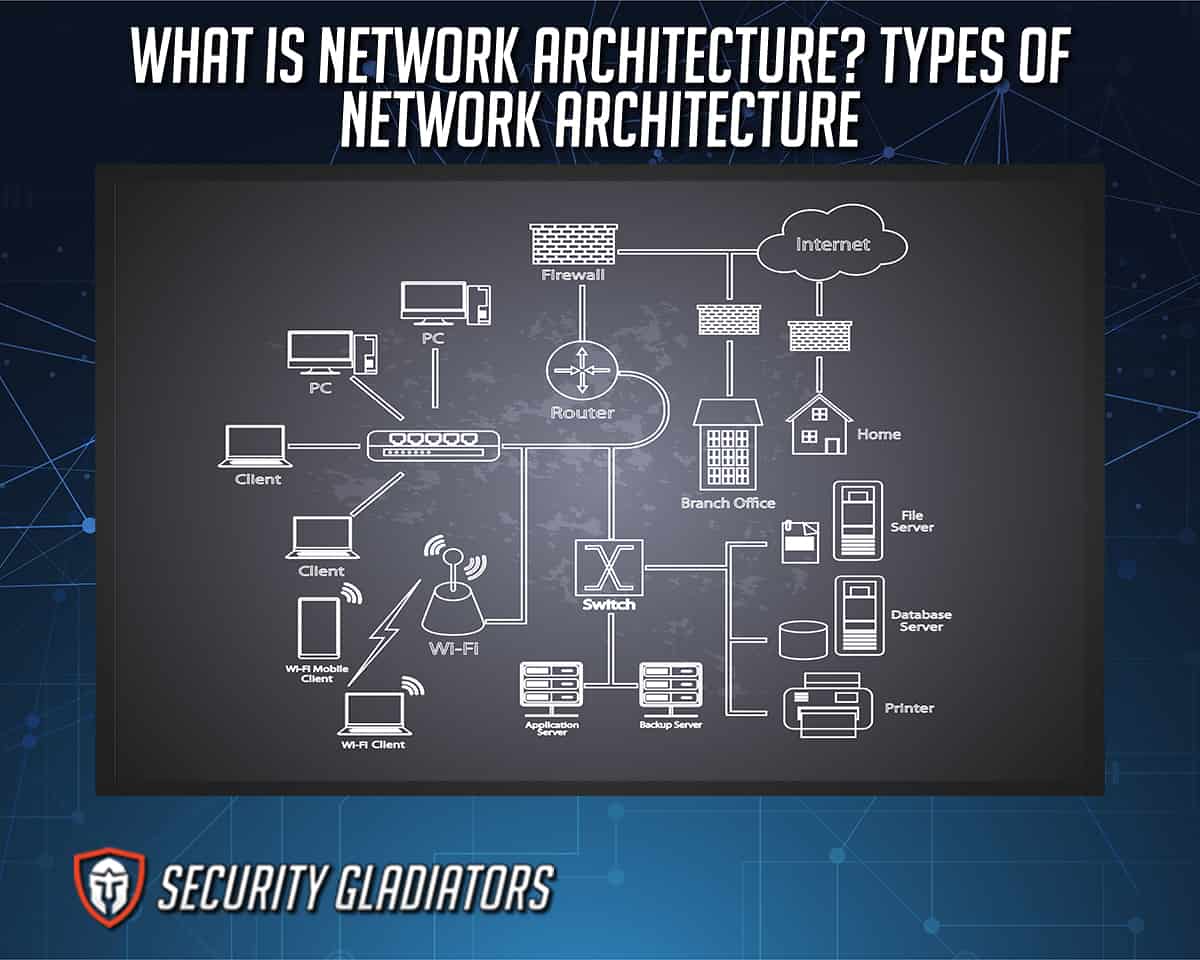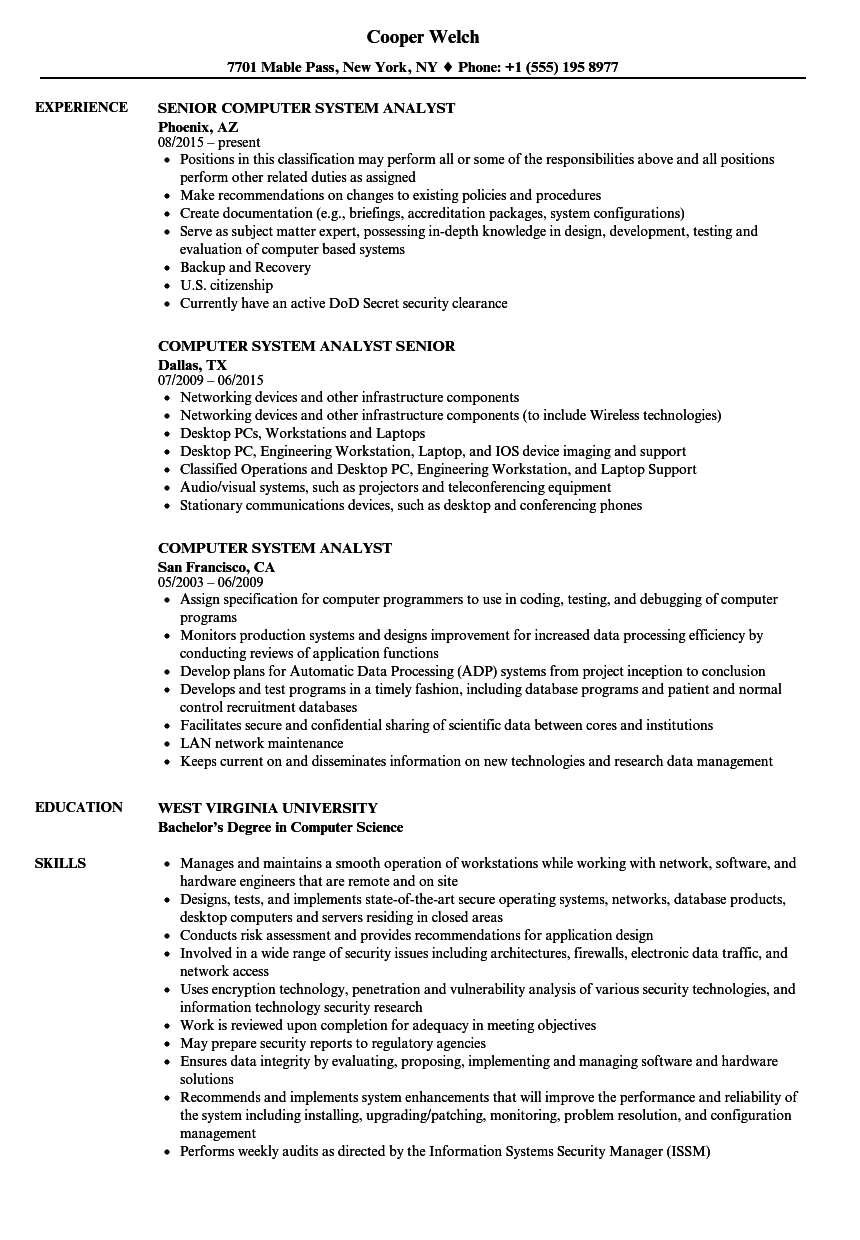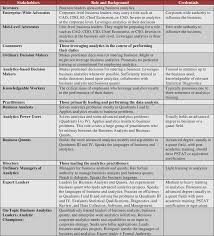
What is business intelligence, exactly? It's simply a system that displays historical or current information about a company’s business activities. It can handle financial, operational, or sales data. Business intelligence software can also be used to analyze other business information such benchmarking information from customers and information about competitors. You can read more about business intelligence in our article. Also, read on to learn more about the various types of business intelligence. These are some of the most important types of business information.
Data visualization
Data visualization software helps companies turn raw numbers into understandable information. These data can be displayed in visual form to help users spot trends and patterns that could lead them to increase their revenue. The human brain is wired to process visuals and images faster than text. They can process them in 13 milliseconds on average. As a result, people often prefer to view these information in a visual format instead of reading it. Below are just a few of the many benefits of data visualisation in business intelligence.
It is crucial to create a user-friendly presentation by allowing data visualizations to interact with each other. The visualization should allow users the ability to filter data, link data visualizations, drill down to more detail, and to link them all. Although 3D visualizations can be useful, they should not serve as a standard business tool. Additionally, data visualizations should not be cluttered with too much information, or have an unsuitable scale. Data visualization should be easy but informative for maximum effectiveness.
In-memory database processing
A major advantage of in-memory database processing for business intelligence (BI) applications is the speed. Business intelligence applications are able to run faster than traditional, disk-based storage thanks to in-memory data storage. Complex calculations can be performed faster with in-memory BI software. With in-memory processing, you'll be able to view and update business information in real time.
In-memory databases are used by BI tools to store historical data and metrics. The RAM stores the data, which is accessible only by the user. Users also find this feature useful because they can perform faster queries on frequently updated data. In-memory analytics reduces the need for pre-aggregated indexing. It also decreases IT costs. The data is also updated in realtime so it is much faster for businesses to run queries.

While traditional databases have many advantages, in-memory database technology is especially helpful in businesses that require large volumes of data. This database can handle data up to 1.5PB. It can also be used as a database of records, which reduces storage space. With in-memory storage, it is possible to access data at high resolution. This capability allows concurrent users to access data at a high speed.
Ad hoc Analysis
Ad-hoc analysis is a key component of business intelligence. In the financial industry, financial departments are filled with facts and financial KPIs. What happens when a business needs access to its data in order to discover trends or to understand why a certain number has risen? Ad hoc analysis can be a valuable tool. It makes it easier and more transparent for companies to make decisions that improve their bottom lines and make them more transparent.
Data exploration was traditionally a skill reserved for the best data analysts. With the advent adhoc analysis, anyone can examine data without needing to know SQL. This type of analysis can be used to make micro-level decisions such as "What drove most marketing qualified leads last weekend?"
Self-service Tools

Self-service tools can be used to solve bandwidth problems and allow teams of people to create reports by themselves. Self-service tools can be very fast and easy to use, but they may also require more changes than your company is prepared for. Many BI tools can make it easier to create reports or model data. However, they could also lead to reports not being relevant to you business or not meeting your standards. You may need to use additional security procedures in these situations.
Traditional BI tools require data analyst to have IT access to create custom scripts, and to write SQL queries. Self-service tools can be used to generate and deploy reports, analyses and other data without the need for IT experts. These tools are simple to use and don't require any technical knowledge. To access the data and insights, users can use the tool via a web browser. Using them can make it easier for analysts to understand the company's operations and identify opportunities for improvement.
FAQ
How can I prepare for my certification exam?
There are many methods to prepare. You can study the entire syllabus before you sit for the exam. A second option is to go through the entire guidebook before taking the exam. You can also attempt a few sample questions in order to test your understanding of the topics covered. Finally, you could join a local community college where you can interact with students who have already taken the same certification exam.
Many websites offer free exam preparation materials. The exam manual can also be ordered electronically. However, this will only allow you to receive one copy. Make sure you save this copy safely (a CD/DVD drive is ideal).
Be aware that not all companies offer their own self study guides. These are usually between $100-$400. However, they usually include additional features like quizzes and flashcards. These products allow you to take the exam online.
With a Google IT certificate, can I get a job?
Applying for a position at the entry level is the most important thing. If you don't, then you might as well forget it. It will be a waste of time to search for this information later.
You should fill out online applications. However, they will also need a copy of your resume (or cover letter) and any supporting documents.
You should also submit these documents electronically rather than via snail mail. Employers will find it much easier to keep track and access all information electronically.
It's better to ask questions about the submissions now than waiting for rejection. This will save you time and prevent you from spending valuable time chasing after the employer who sent you an e-mail asking why you haven’t responded. It's better to find out right away if you need to change anything.
What Are the Benefits of Learning Information Technology on Your Own?
You can learn information technology on your own without paying for classes or taking exams. All the necessary resources will be available to you, including software and books. You won't have to worry about finding time to attend class, traveling to school, and dealing with other students. Additionally, you'll be able to save money.
You might also consider becoming certified. There are many benefits to becoming certified, such as professional development, job placement assistance, business networking, and more.
There are many methods to obtain certification in information technology. One option is to enroll in a self paced training program through Pearson VUE. You can also join one the hundreds of organizations that offer certifications such as CompTIA Security+ (Microsoft Office Specialist), CompTIA Security+ (CompTIA Security+), CompTIA CompTIA A+, CompTIA Security+ (Dell Certified Advanced Technician) and VMware Certified Professional: Data Center Virtualization.
How long is a Cyber Security Course?
You can expect to complete cybersecurity training courses in six to 12 weeks depending on your time and availability. You might consider an online course such as the University of East London Cyber Security Certificate Program. It meets three times per week for four weeks and is a short-term option. Alternatively, if you have several months free on your hands, then why not take advantage of the full-time immersive version of the program? You will receive a comprehensive education in cybersecurity through classroom lectures, assignments and group discussions. Everything is covered by the tuition fee, including accommodation, meals as well as textbooks and IT equipment. This makes it very affordable. Along with learning the basics of cybersecurity from scratch students also learn practical skills such a penetration testing, network security, ethical hacking, incident response and cryptography. They also receive a certificate upon completion. As well as helping people get started with their careers in cybersecurity, the program has helped hundreds of students secure jobs in the industry after they graduate.
The best thing about a shorter course? It can be completed in less than two years. But if you are looking for long-term training, it will probably take you more time. You will likely spend the majority of your time studying but will still need to attend regular classes. An extended course will cover topics such vulnerability assessment, mobile device management, digital encryption, digital forensics, and malware. But if you decide to go down this route, remember that you will need to dedicate up to six hours each day to your studies. A commitment to attending regularly scheduled meetings in person, as well as via online platforms such Skype and Google Hangouts is required. These may be mandatory or optional depending on where your are located.
Course duration will depend on whether you choose a full-time or part-time program. Part-time classes tend to be shorter, so that you may only see half the curriculum. Full-time programs typically require more intensive instruction. Therefore, they are likely to be spread across multiple semesters. No matter which route you choose to take, it is important that your chosen course has flexible scheduling options in order to make it work for you.
What are the basics of learning information technology?
It is important to understand the basics of Microsoft Office apps (Word Excel PowerPoint), and Google Apps business like Gmail, Drive, Sheets etc. You will also need to know how WordPress creates basic websites as well how to make social media profiles on Facebook, Twitter Instagram, Pinterest, YouTube, and Pinterest.
Basic knowledge of HTML and CSS, Photoshop, Illustrator and Dreamweaver is necessary. Also, you should know how to code in general and have an active interest in learning new technologies and keeping current on what's happening in the industry.
Java, Objective-C, Swift and Android Studio are all necessary to develop mobile apps. Git, Git, GitHub and Git are also important. The same applies to those who want to become UI/UX designers. You need to have a good understanding of Adobe Creative Suite as well as Sketch.
If you already have some knowledge about these topics, that is great! It will greatly increase your chances for getting hired. Don't be discouraged if you don't have a lot of knowledge. You can always go back to school to get updated information.
Technology is always changing, so stay on top of the latest trends and news in this constantly-evolving world.
Statistics
- The top five countries providing the most IT professionals are the United States, India, Canada, Saudi Arabia, and the UK (itnews.co.uk).
- The IT occupation with the highest annual median salary is that of computer and information research scientists at $122,840, followed by computer network architects ($112,690), software developers ($107,510), information security analysts ($99,730), and database administrators ($93,750) (bls.gov).
- The global information technology industry was valued at $4.8 trillion in 2020 and is expected to reach $5.2 trillion in 2021 (comptia.org).
- The global IoT market is expected to reach a value of USD 1,386.06 billion by 2026 from USD 761.4 billion in 2020 at a CAGR of 10.53% during the period 2021-2026 (globenewswire.com).
- The top five companies hiring the most IT professionals are Amazon, Google, IBM, Intel, and Facebook (itnews.co).
- The top five regions contributing to the growth of IT professionals are North America, Western Europe, APJ, MEA, and Central/Eastern Europe (cee.com).
External Links
How To
How can I begin to learn about cyber security
Hacking is a term that many people who have worked in computer technology for a long time are familiar with. This may be confusing for some.
Hacking refers to attempts to gain unauthorized access to computers, networks, or other systems by using techniques such as viruses, worms, trojans, spyware, etc.
Cybersecurity is now an industry. It offers methods to protect against these attacks.
Understanding how hackers work is key to understanding how to keep yourself safe online. This information will help you to get more educated about cybercrime.
What is Cyber Security?
Cybersecurity is the protection of computers from outside threats. If hackers attempt to hack into your computer, they could have access to all your files and data.
There are two types in cybersecurity: Computer Forensics, and Computer Incident Response Teams.
Computer forensics refers to the analysis of a computer after a cyberattack. It's done by experts who search for evidence that will lead them to the attacker responsible. Computers are tested for malware and other viruses to determine if they have been tampered with.
CIRT is the second form of cybersecurity. Computer-related incidents are handled by CIRT teams. They draw on their collective experience to stop attackers from causing significant damage.